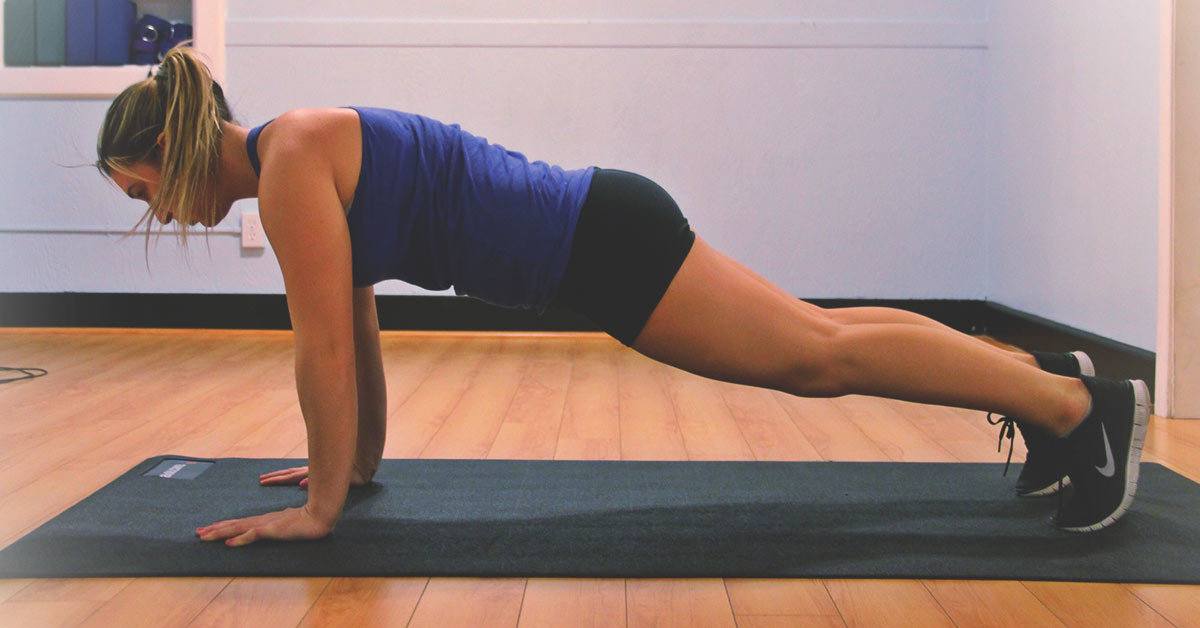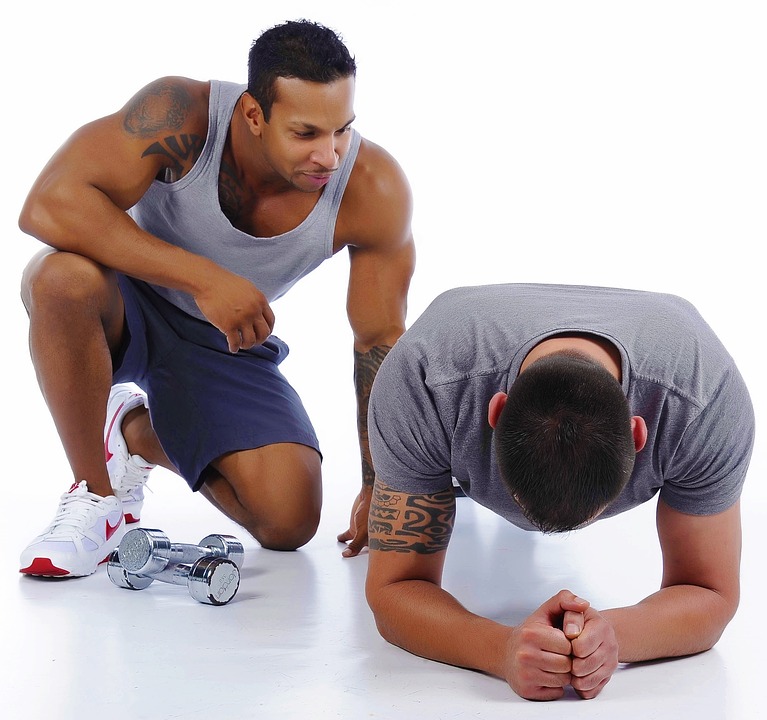What Happens To Our Body When We Do Planks Every Day?

A lot of us have heard about planks which are an excellent exercise that can change mood, mind, and attitude. Some people think that they have to pay a lot of money for a gym membership in order to get fit, but that is not true.
People should not underestimate alternative exercises because they can really put them in shape. Minimalist exercise has a lot of value. Planks are a type of exercises that are highly effective as well as old-fashioned.
In the article, we are going to explain why is core’s strength important, why planks are useful, and how to perform them.
The Importance of Core
The pelvic, abdominal, and pelvis muscles build the core. They are broken down into primary as well as secondary muscles.
The primary muscles are multifidus, pelvic floor muscles, rectus abdominis, transversus abdominis, diaphragm, external and internal obliques, and erector spinae. The secondary muscles are trapezius, gluteus maximus, and latissimus dorsi.
Furthermore, the core has many important functions. Actually, it is involved in everything we do.
1. Supporting the Back
About 80% of the Americans are affected by lower-back pain sooner or later. The pain can be strong to the point it makes you lose energy. So, core muscles make sure to have a healthy back.
2. Posture
To have a good posture, you need to have strong core muscles. Also, a good posture limits wear and tear that happens as we age.
3. Routine Movements
Movements like sitting, standing, bending, and rotating are affected by the core.
4. Balance and Stability
The upper and lower part of our body is connected by the core. And, in order to have a good stability and balance, you need to have a core that is in a good condition.
When it comes to the health of the core, you should not underwork or overwork it. If you overwork your core muscles, you increase the risk of a long-term injury. On the other hand, underworking makes that area weak and flabby.
The Benefits of Planking
You can do planking whenever and wherever you are. It is simple and it has amazing benefits for your whole body. With the classic plank, you activate the muscles of the biceps, buttocks, shins, abdomen, quadriceps, and shoulders.
In addition, the American Council on Exercise says that doing regular planks decreases the risk of upper and lower back pain. And, here are some other benefits:
- Better metabolism because planks burn more calories than sit-ups or crunches.
- You engage the major muscles groups, so it improves core definition.
- Planks help you keep your joints and bones in alignment which gives you a good posture.
- You become more flexible because planks stretch the toes, foot arches, shoulders, collarbone, shoulder blades, and hamstrings.
- The better mood is also a benefit because with stretching the muscles you release the tension buildup from stress. You help the brain calm its fight-or-flight response.
How to Perform the Classic Plank
When you perform this exercise, you need to make sure to keep the abs engaged, and your back straight. Also, breathe in deeply and slowly, and breathe out stably.
Even though you can do this exercise without stretching, it is recommended to do a quick stretching especially if you have not worked out lately.
- To begin, lie down with your face on the floor like you are preparing to do pushups.
- Lift yourself with your forearms while you are keeping your lower and upper body straight.
- Keep in mind that your upper arms, as well as forearms, should be in almost a perfect ninety-degree angle.
- Keep your body as straight as you can while supporting it with your toes and forearms.
- Suck your stomach inwards to engage your abs.
Additionally, remember that quality is more important than quantity. Keeping your belly sagged down for half a minute is not effective. It is better to do a ten seconds plank but keep a good position.
Even though it is simple, it is not easy. However, do not give up, and bear in mind that the quality is much more important.




